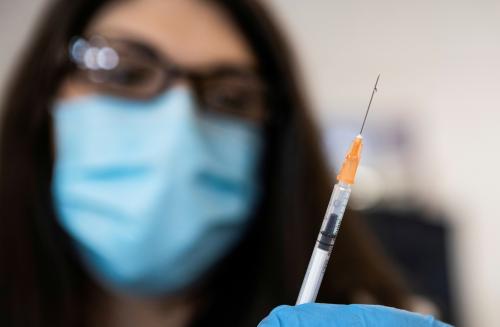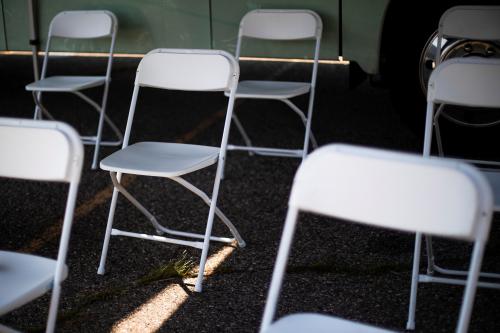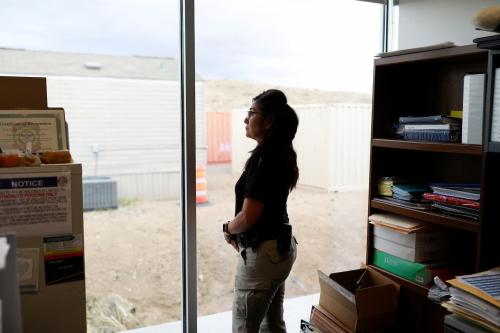At the beginning of the COVID-19 vaccination push nine months ago, many experts worried—with justification—that people of color would be left behind. Sadly, it is a well-established fact that people of color suffer from poorer access to quality health care. And early on, there was some evidence of these disparities; in March of this year, for example, I documented inequities in vaccine share among Black Americans in Maryland. Fortunately, the situation has improved over time, in part because governments at every level have worked hard to make vaccines and accurate information available to everyone. According to a report from the Kaiser Family Foundation (KFF) released on Sept. 28, gaps in vaccination rates across racial and ethnic groups have virtually disappeared—while gaps reflecting political affiliation have widened substantially.
Of Americans surveyed from Sept. 13-22, 72% of adults 18 and older had been vaccinated, including 71% of white Americans, 70% of Black Americans, and 73% of Hispanics. Contrast these converging figures with disparities based on politics: 90% of Democrats had been vaccinated, compared with 68% of Independents and just 58% of Republicans.
A Gallup survey released on Sept. 29 confirmed the KFF findings. As of mid-September, 75% of adult Americans have been vaccinated, including 73% of non-Hispanic white adults and 78% of non-whites. Along party lines, however, the breakdown was 92% of Democrats, 68% of Independents, and 56% of Republicans.
There is no reason to believe that these gaps in vaccination rates will disappear anytime soon. According to Gallup, 40% of Republicans “don’t plan” to get vaccinated, versus 26% of Independents and just 3% of Democrats. In response to a more sharply worded KFF question, 23% of Republicans report that they will “definitely not” get vaccinated, compared to 11% of Independents and just 4% of Democrats.
These national divergences are reflected at the state and county level as well, per data from Johns Hopkins University. Of the 21 states with vaccination rates above the national average, Joe Biden carried 20 last November. Of the 29 states below the national average, Donald Trump carried 24. At the county level, the vaccination-rate gap between the counties Biden and Trump won has increased nearly six-fold from 2.2% in April to 12.9% in mid-September, according to KFF.
These recent surveys suggest two large truths about the pandemic. First, perceptions and incentives can affect the willingness to get vaccinated. After stagnating through much of the summer, vaccination rates jumped between mid-August and mid-September. The spread of the Delta variant and the surge of hospitalizations was a frequently cited reason for this decision; the desire to participate in activities that required vaccination was the other.
Second, attitudes toward vaccinations are now fully integrated into the larger, seemingly intractable cultural divide in American society and between the parties. For this reason, between 15% and 20% of adults are unlikely to get vaccinated, even if they come under intensifying pressure to do so.
If so, the United States will find out whether vaccination rates of 80% to 85% will be enough to fully reopen the economy and restore normal social life.





Commentary
For COVID-19 vaccinations, party affiliation matters more than race and ethnicity
October 1, 2021